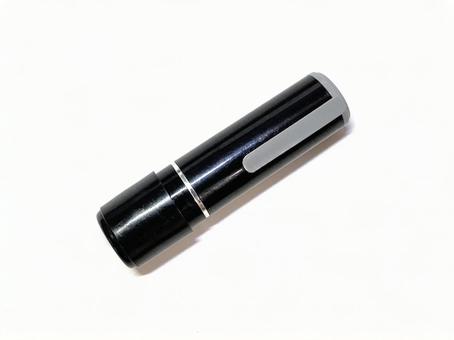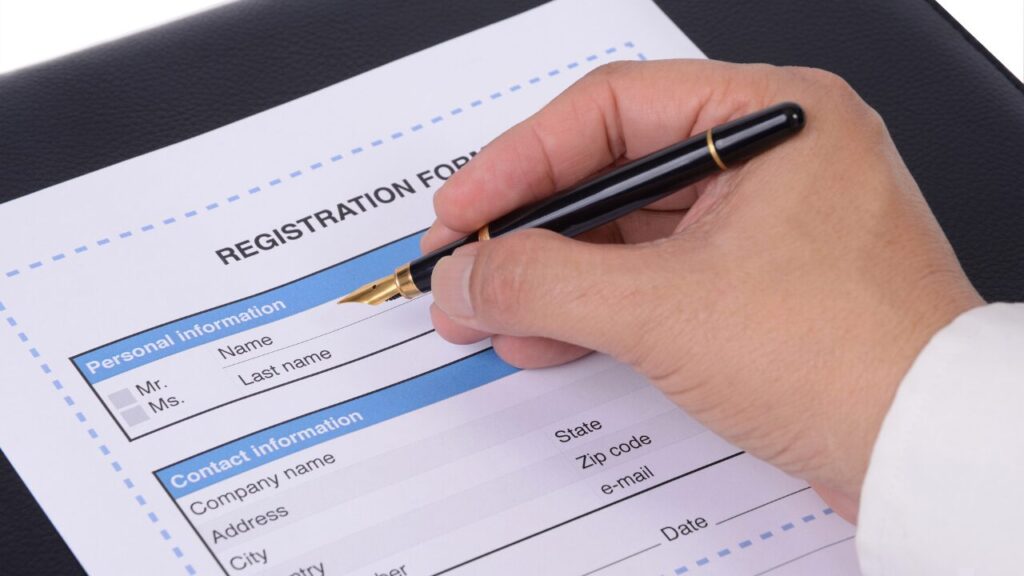
What is an Inkan Certificate?
An “Inkan Shomeisho” (seal registration certificate) is an essential document for foreigners living in Japan. It certifies that a personal seal (Inkan) is officially registered with the local municipal office and represents the individual. The registered seal is known as a “Jitsuin” (registered seal) and is used for personal identification, as well as to express one’s intent in various official and legal matters.
A Jitsuin is crucial for significant events such as purchasing property, signing contracts, or applying for an auto loan in Japan. It is recognized as a formal identifier and is required for a variety of procedures, making it an indispensable part of daily life in Japan.
Step 1: Prepare the Seal to be Registered for the Inkan Shomeisho

There are specific rules for the seal that can be registered for the Inkan Shomeisho:
- The seal must not have been previously registered for Inkan registration.
- Each person can register only one seal.
- Seals made from materials such as rubber or stamps that can easily distort the seal impression cannot be registered.
- The seal’s impression must fit within a square with sides between 8mm and 25mm in length.
If you want to use your Jitsuin, you must first complete the “Inkan registration” procedure at the municipal office of the area where you reside.
In this article, we will explain how to create an Inkan Shomeisho, where to make a personal seal, the different types of seals, and the purposes for which an Inkan Shomeisho is used.
Although there are stores that specialize in selling seals, it is recommended for foreigners who do not speak Japanese to order online, as there might be communication difficulties. However, as mentioned above, it’s important to be aware that there are different types of seals.
Names Foreigners from Non-Kanji Regions Can Register for Inkan Registration
First and foremost, make sure that the name used for the seal matches the name listed on your resident record (Juminhyo) when you registered as a resident. For example, if your resident record lists your name as “ASAHI SHUN KANAI,” you cannot register a seal with a different name.
The following name formats are acceptable for Inkan registration:
| Full name | ASAHI SHUN KANAI |
| Middle name omitted | ASAHI KANAI |
| Surname only | KANAI |
| First name only | ASAHI |
There are other possible formats, but it’s recommended to choose from the four options listed above. If your name was registered in katakana on your resident record, you can register your seal in the same format, using full name, middle name omitted, surname only, or first name only in katakana.
Step 2: Types of Seals

In Japan, people generally own around three different types of seals. Here, we will explain seals other than the Jitsuin (registered seal).
Ginkoin (Bank Seal)
A Ginkoin is the seal registered with a financial institution, such as a bank or credit union. While it is not as important as a Jitsuin, it plays a significant role in confirming the identity of the individual at financial institutions. A Ginkoin is required when opening a bank account, issuing a credit card, or conducting procedures at a bank counter. Like a Jitsuin, it is an important seal, so it is recommended to purchase one online or at a seal store.
Mitomein (Personal Seal)
A Mitomein is an unregistered seal that is commonly used in everyday situations, both at work and in daily life. Japan has a strong seal culture, and it is often used as a way of indicating “confirmation” in many cases. It is also used when receiving a package from a delivery service or when confirming work documents. A Mitomein can be purchased at 100-yen shops or stationery stores. However, since foreign names are often unavailable, ordering one online is recommended.
Differences Between Seals
Jitsuin and Ginkoin
The materials used for Jitsuin and Ginkoin can be wood, horn, tusk, metal, or resin, and these seals require a red ink pad (shuniku) for stamping.

Shachihata and Simple Seals
The Mitomein used in daily life, as mentioned above, can be a simple seal that does not require a red ink pad. However, these seals cannot be used as a Jitsuin or Ginkoin, so be careful.

Step 3: Register the Seal

To create an Inkan Shomeisho (seal registration certificate), you will need to go to the municipal office where you are registered as a resident and complete the registration process. Please note that only individuals aged 15 or older are eligible for Inkan registration. When applying for seal registration, you must bring a photo ID. For foreigners, this includes a residence card, passport, or driver’s license.
The Inkan Shomeisho can be issued on the same day you register your seal. Although it depends on the office’s level of busyness, the process is often completed within an hour of applying. Once your seal is registered, you will receive both your personal Inkan Shomeisho and an Inkan card. By presenting the Inkan card, you can obtain a copy of your Inkan Shomeisho from the municipal office or from an automatic issuance machine in the future.
The issuance fee varies depending on the municipality and the method of issuance, but it is typically around 300 yen per copy.
What is an Inkan Certificate and Its Uses in Japan?
An Inkan Shomeisho (seal registration certificate) is an official document that certifies your personal seal (Inkan) is registered with the local municipal office in Japan. This registration is essential for foreigners living in Japan, as the seal functions as a form of personal identification. The registered seal is called a “Jitsuin” (registered seal), and it’s widely used to express consent or intent in official and legal matters.
- Purchasing or selling a car
- Renting a house or apartment
- Purchasing or selling a home
- Applying for a mortgage
- Buying or selling land
- Establishing a company
- Enrolling in various insurance plans
Let’s explore some details below.
Legal Matters
In Japan, personal seals are often required for legal agreements, including signing contracts, and formalizing business documents. The Jitsuin represents your identity in such cases, making it an indispensable tool for legal transactions.
Car Registration and Purchasing
When registering a car or purchasing a vehicle in Japan, the Inkan certificate is typically required. It is used as part of the identification process to ensure that the transaction is legitimate and that the buyer is the registered owner of the car.
Real Estate Transactions
Whether you are buying or renting property in Japan, the Inkan certificate is used to finalize the transaction. It confirms your intent to proceed with the deal and acts as your formal signature on important documents, including leasing contracts and deeds of sale.
Banking and Financial Transactions
Opening a bank account, applying for loans, or completing other financial transactions often requires the use of an Inkan. It’s used to verify your identity and demonstrate your consent to the transaction.
Government Procedures
Many official government processes, such as applying for residency permits, registering your marriage, or submitting tax documents, require an Inkan. It acts as an official signature on various forms, proving your identity and authorization.
If You Want to Cancel Your Seal Registration
If you wish to cancel your seal registration when leaving Japan, you will need to apply again at the municipal office where you are registered. At that time, be sure to bring both your Inkan card and a photo ID (such as a residence card, passport, or driver’s license).
Summary

The “Inkan Shomeisho” is a unique aspect of Japanese culture. While it may seem troublesome, it is absolutely necessary when making large purchases such as a car or a home, so we encourage you to create one.
For those reading this article, you are likely doing so because you need an Inkan Shomeisho. If you’re facing difficulties with purchasing a car, feel free to contact ASAHI MOTORS GROUP. We provide support for foreigners with the preparation of various documents, such as the Inkan Shomeisho and vehicle registration documents like the Shako Shomeisho (garage certificate), which can be quite a hassle.
Don’t hesitate to get in touch with us!






COMMENT